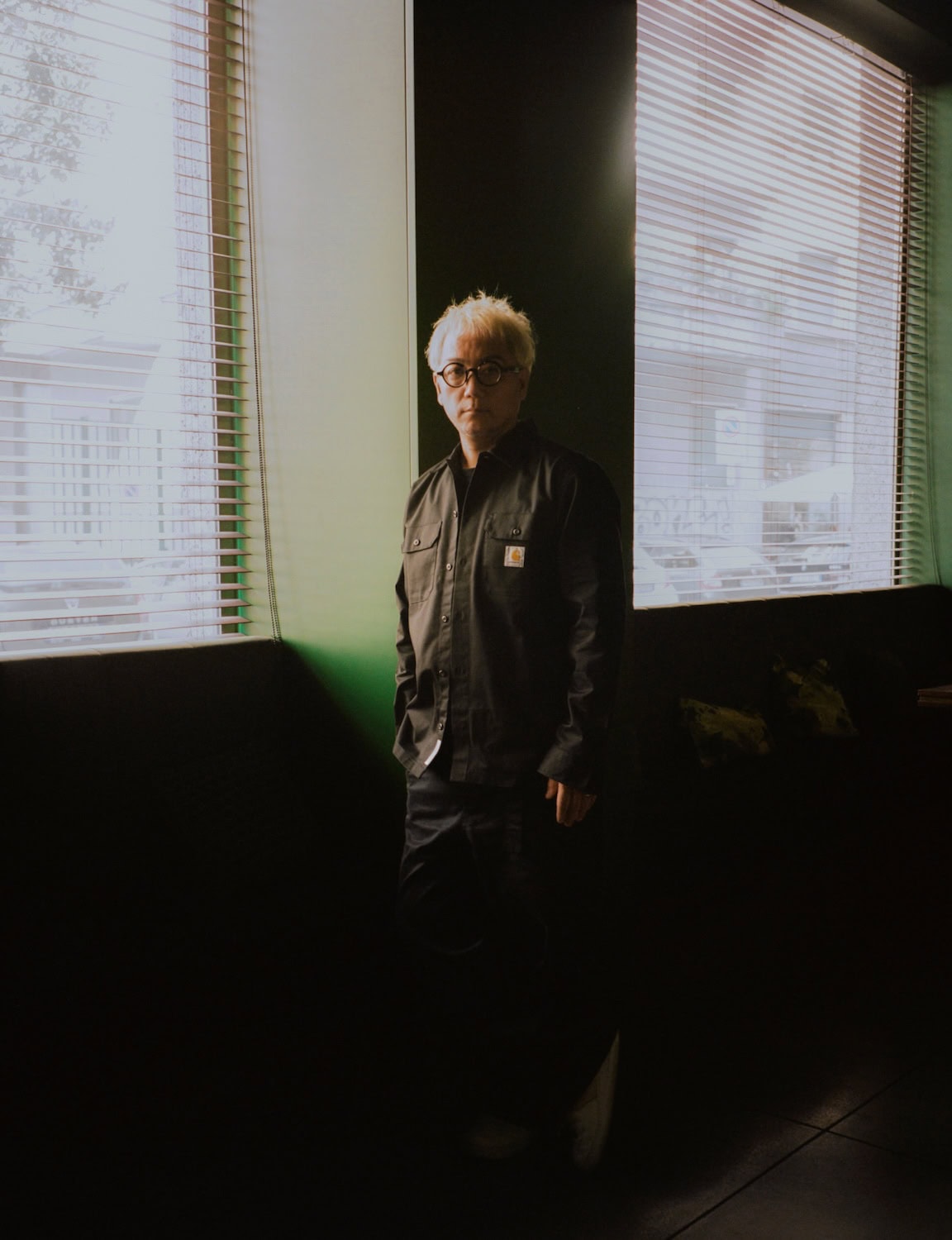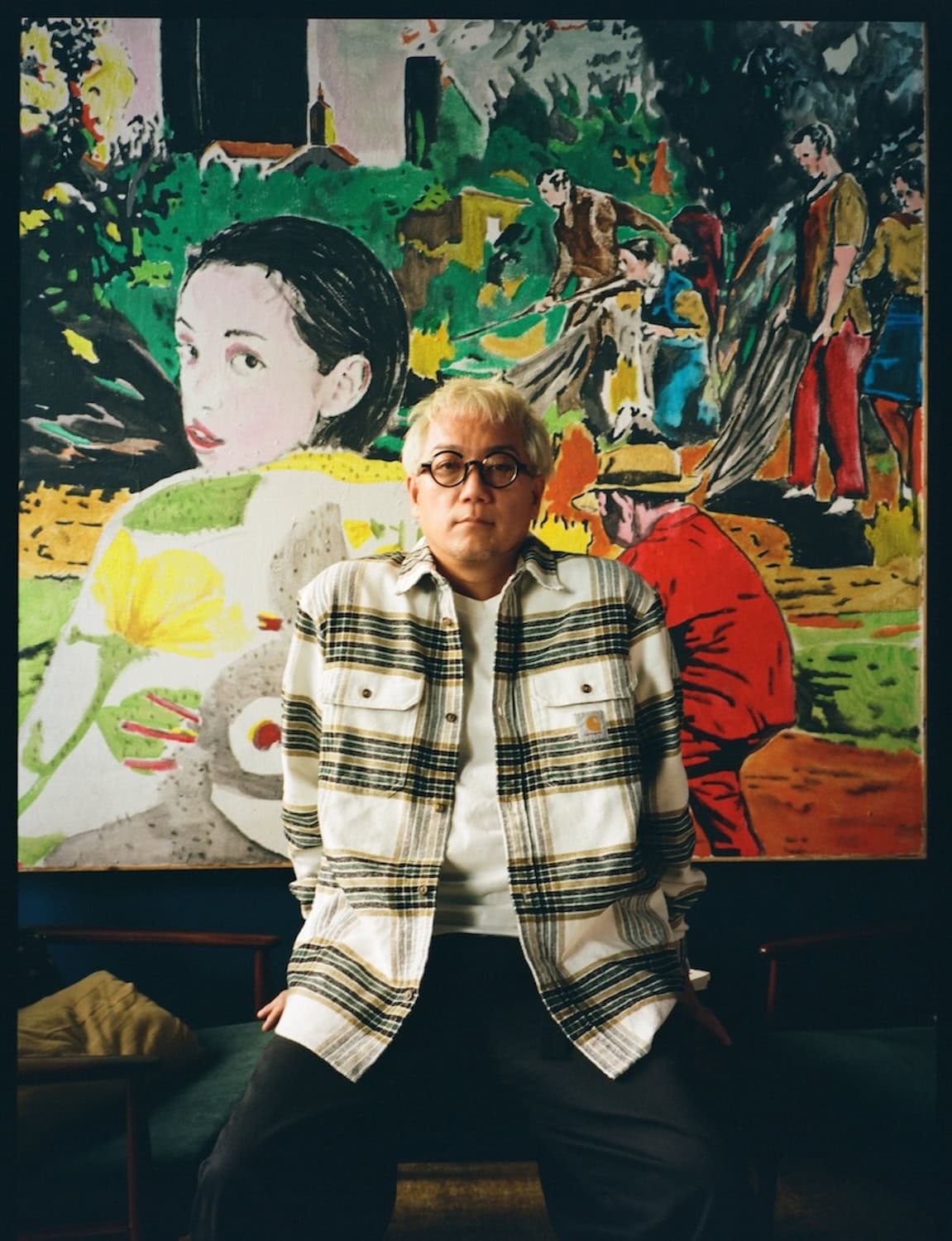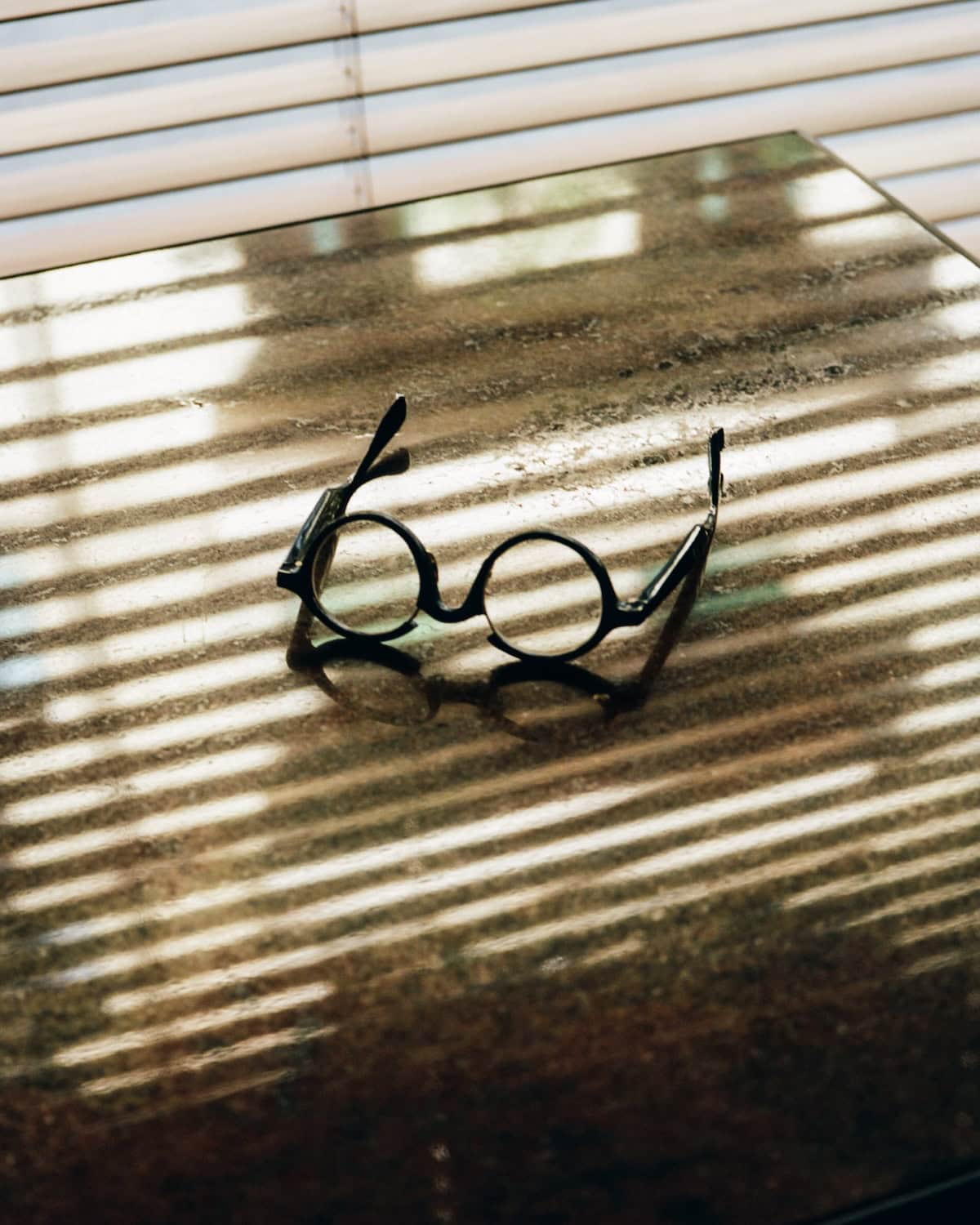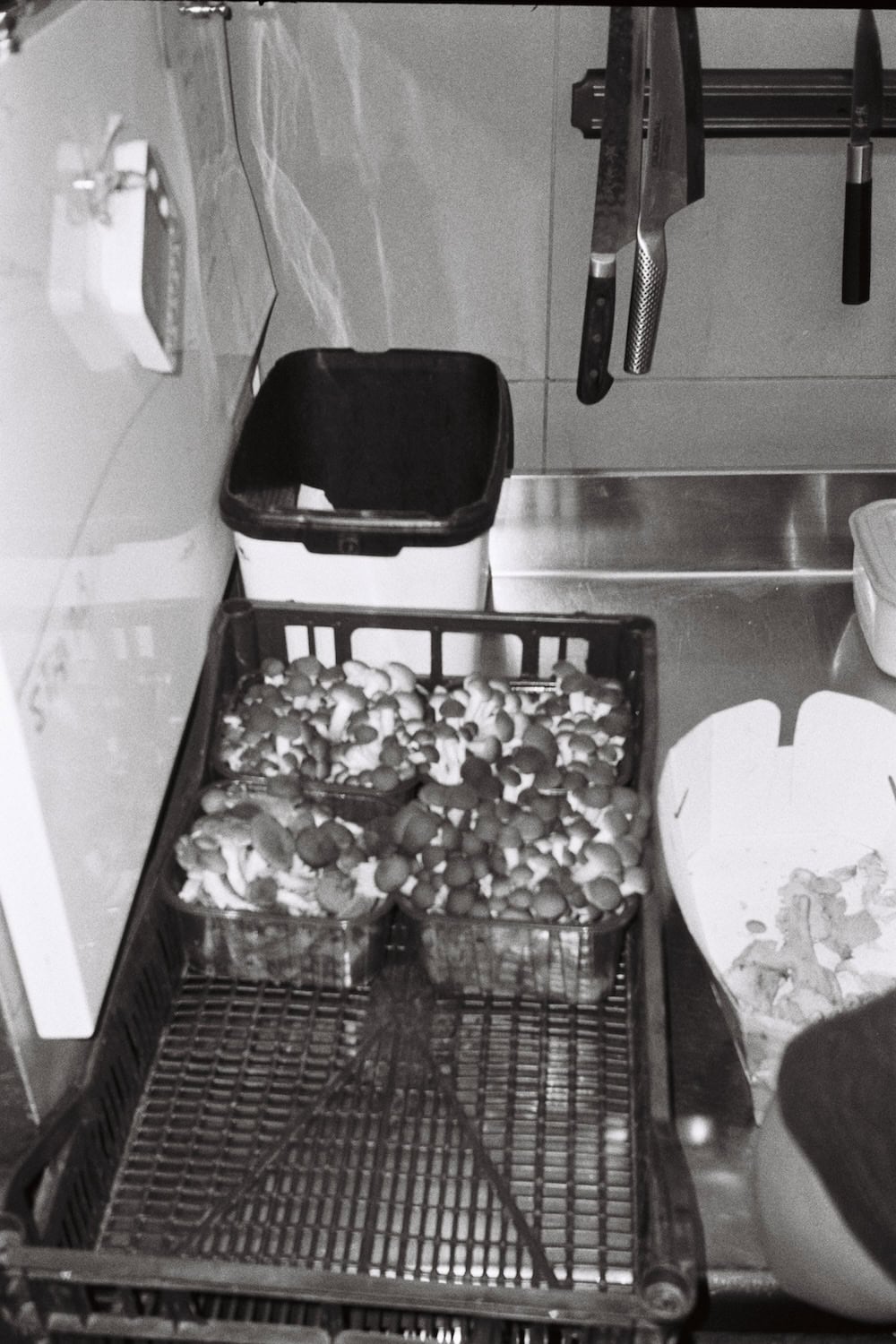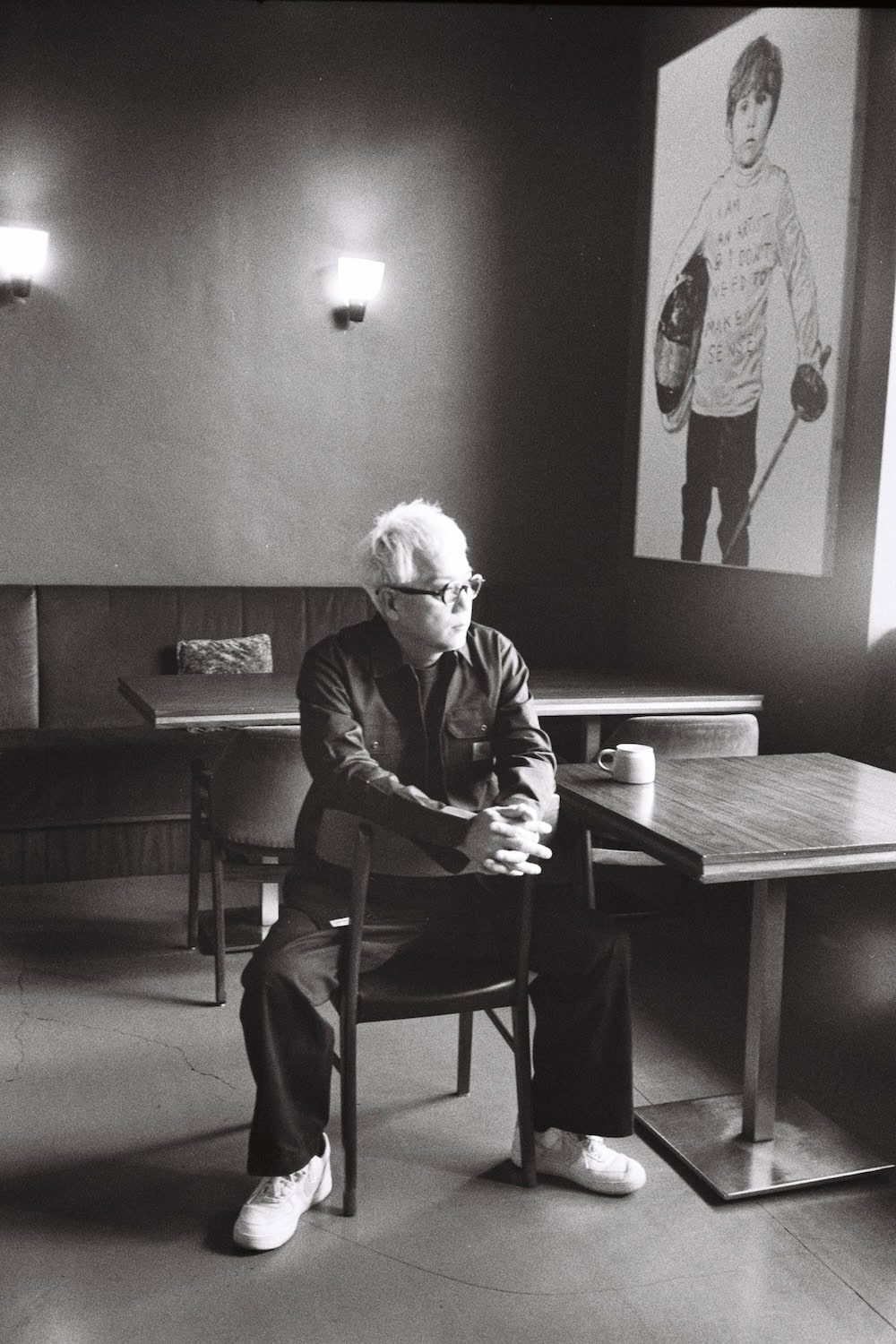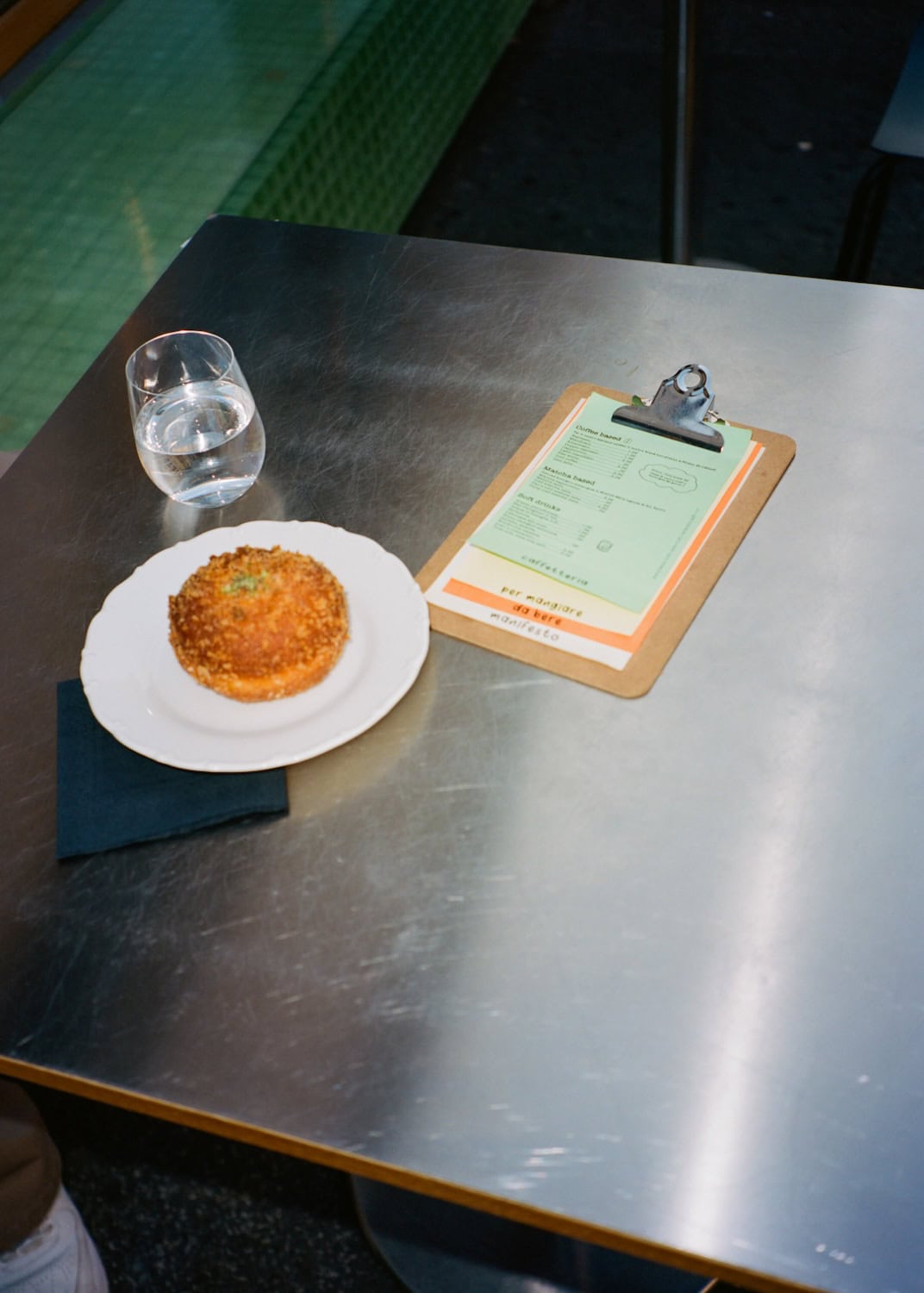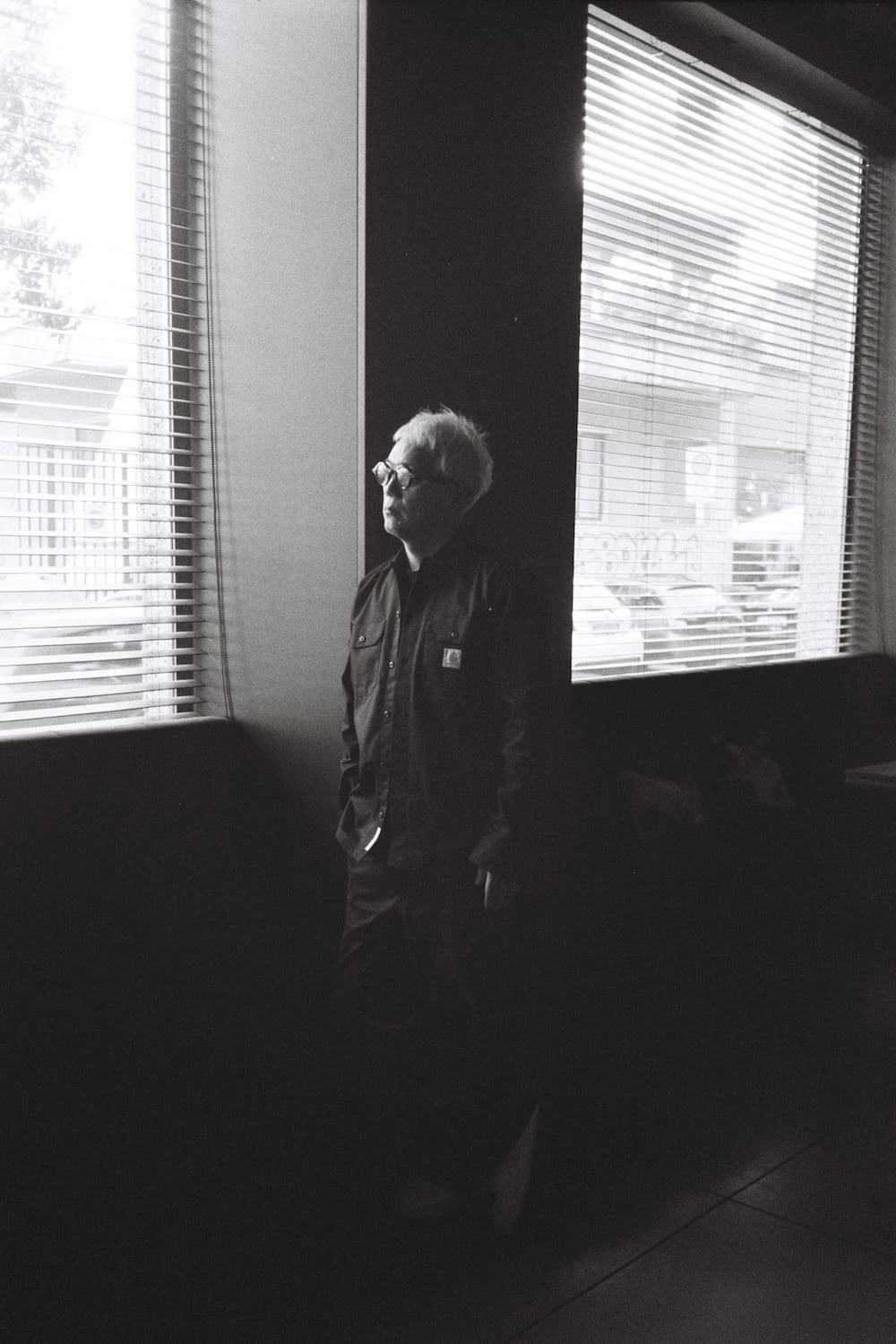Sometimes, behind a great chef, there is another great chef. Take Massimo Bottura and Yoji Tokuyoshi. Tokuyoshi was assistant to the Italian chef at his Osteria Francescana for years. Having arrived in Modena directly from Japan, in 2015 Tokuyoshi decided to set up (and cook) on his own, opening Ristorante Tokuyoshi in Milan, which won a Michelin Star that same year. Following the pandemic, Tokuyoshi chose to reinvent himself all over again and to do so without any accolades, starting (almost) from scratch and diversifying in various directions. Since then, he has gifted Milan with Bentoteca, which serves Japanese dishes made with Italian ingredients and paired with natural wines from all over the world; Katsusanderia, where the star of the show is the ‘katsusando’, a Japanese pork cutlet sandwich; and finally, his most recent project, Pan, a bakery-bistro where Italian and Japanese flavours are freshly baked all day, every day.
RS: Yoji, what do Italian and Japanese cuisine have in common, in your opinion?
YT: They share so much, including umami (the fifth element of taste, a flavour that stimulates salivation and appetite, Ed.) and cooking techniques. The ingredients change but the techniques are the same.
RS: Did your approach to Italian cuisine change after you first came to Italy?
YT: I had only tried very basic, old-fashioned Italian cuisine back in Japan. When I came to Italy in 2005, I found something completely different and I had to start from scratch. I only used garlic and olive oil before coming here and then in Italy, I discovered ingredients I had never tried before.
RS: Can you give us some examples?
YT: Veal, for example, which we didn’t have in Japan. We only had pork.
RS: This summer you were asked to manage Stazione Vuccira, a restaurant on Torre Conca beach near Palermo. Having worked in Modena, Milan and Sicily, is there anywhere else you would like to explore in Italy?
YT: I am very intrigued by the Piedmont region. But Palermo won me over too. I found extraordinary producers in Sicily, incredible fish auctions and the most amazing prosciutto crudo: I thought Parma ham was number one, but I’ve changed my mind.
RS: With your latest opening, Pan, you seem to have placed the emphasis on simplicity once again. Is simplicity easier or harder to achieve than haute cuisine?
YT: In a Michelin-starred restaurant, a lot of work goes into the visible aspects of the dining experience, from the plating to the service to the atmosphere. The ingredients don’t necessarily have to be the best of the best because you can use different techniques to give flavour and fragrance, while the service is more complex to manage. Simplicity, however, is founded on two single elements: the choice of ingredients, which has to be excellent, and the preparation, which has to be correct. That’s what cooking is about for me.
RS: Simplicity doesn’t mean you can’t do fine dining, right?
YT: Absolutely not. Even a sandwich can be fine dining, regardless of whether you are paying a little or a lot for it because price is not an indicator of quality. The difference lies solely in the choice of ingredients. Here at Pan, for example, we get ficatum chicken from Moncucco (known as ‘ficatum’ because it is fed with ground dried figs, a method practised by the ancient Egyptians to raise high-quality poultry, Ed.) for our Yakitori. We could use chicken that costs 4 euros a kilo but we choose better quality ingredients because that’s what fine dining is for me.
RS: Let me ask you the mother of all questions: is cooking more an art or a science in your opinion?
YT: Cooking is a personal idea that you put onto a plate and expect to be judged for. We serve people, people eat, and then they tell us whether it was good or bad. This is not art, although there is great skill behind it. The real challenge is making 60 identical portions of meat with identical flavours. That’s more science than art. If anything, the art comes later.
RS: Do you have an ‘official taster’ who tries your new dishes when you create them?
YT: I am the taster because if I like it then everybody else is definitely going to like it! I’ve been doing this job for 26 years now and I understand what people like and what they don’t. Do I want to serve bottarga and beef? That’s my personal choice, I can’t ask people what they think beforehand. But 99.9% of the time, if I say it’s good, it’s good.
RS: The TV series The Bear is all the rage at the moment. It depicts the trials and tensions of life in the kitchen. Have you seen it?
YT: No, I don’t watch cooking shows because I have other things to think about when I’m at home! Plus these shows usually depict problems, triumphs and scenarios that aren’t very realistic so I prefer not to watch them.
RS: The restaurant industry is under pressure to become more sustainable. How do you go about that?
YT: Sustainability in the kitchen is important but I think a lot of people take the wrong approach to it: a dish made with aubergine skin is not sustainable while rotating crops on the fields and therefore in the kitchens is. The same goes for fish: is eating only cheap fish sustainable? How can it be when the big fish eat the small fish? It is the rotation of crops and land that is fundamental but we need to be united in this, everyone must do it.”
RS: Why do Italians like Japanese food so much?
YT: Lifestyles have changed so we consume less. We don’t need to eat steak, cheese, and potatoes every day. Japanese cuisine is trendy, in part because it’s lighter. Raw fish is lighter, rice is gluten-free and so on. However, Japanese restaurants today must come up with new ideas. The era of uramaki and California rolls has come to an end.
RS: Are you not a fan?
YT: I shared my opinion about this on social media once and got destroyed (laughs). The fact is that the majority of Japanese restaurants in Italy are run by Chinese people because the Japanese don’t go abroad to express their culinary creativity. They are rigid, they struggle to adapt and they won’t make sushi because they can’t find the ingredients they know abroad. But that’s a shame because there are good ingredients elsewhere too, they are just different: you can make excellent sushi with mackerel, mullet and sea bream. And Italians make good sushi too.
RS: Really?
YT: Of course. There are a couple of great Spanish restaurants doing sushi too. And in Copenhagen, there’s a chef who has opened a Japanese restaurant after working in Japan for a while. That’s why I tell young Italians who want to cook not just to study Italian food because it’s harder and there is more competition: if you learn to make good sushi or omakase (a ‘blind’ meal where you leave the choice up to the chef, Ed.), you’ve already won.
